Patricia Kopatchinskaja at Southbank Centre
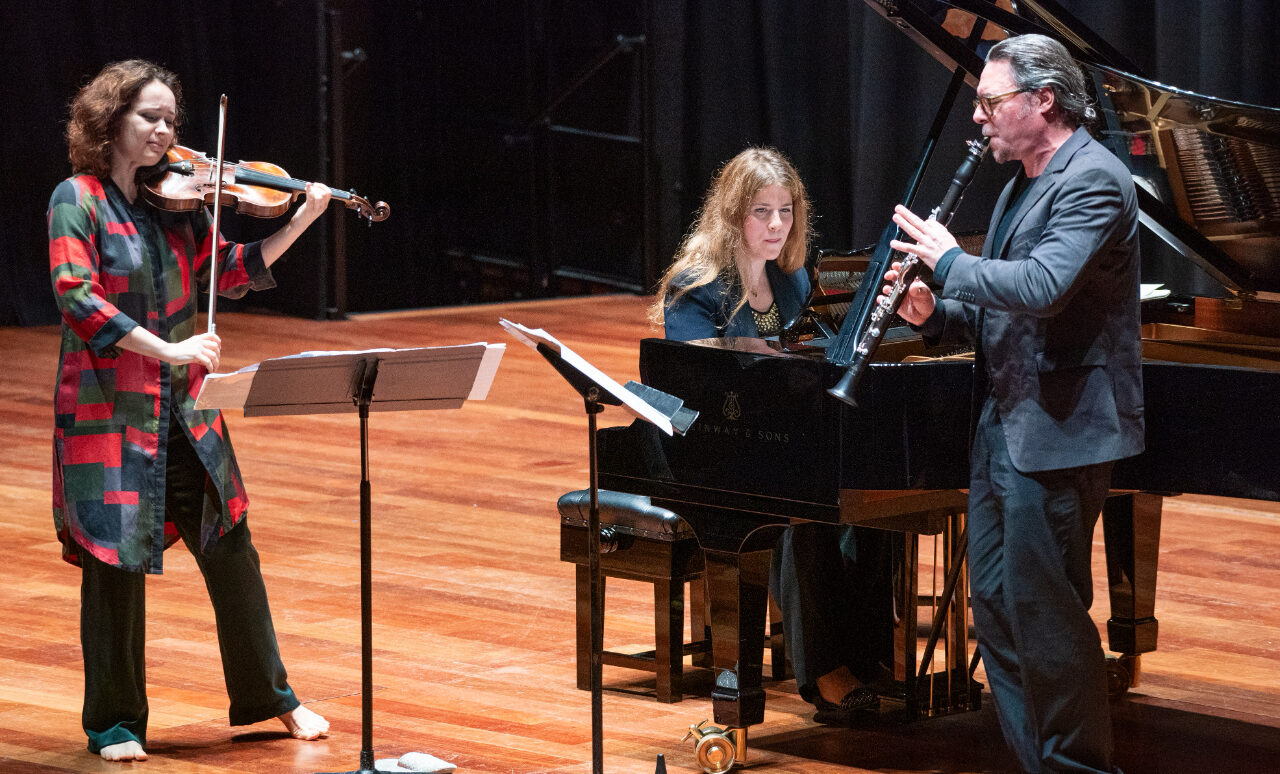
For her first concert as Resident Artist, violinist Patricia Kopatchinkskaja joins two colleagues: clarinettist Reto Bieri and pianist Polina Leschenko. On the programme are contemporary classical folk pieces from the 20th century as well as more recent. PatKop is one of the instrument’s most unconventional, daring, exciting and intense exponents, so this programme doesn’t come as a surprise.
Enescu is the central composer of the first half. Ménétrier (country fiddler) from the suite Impressions d’enfance, feeling freely improvised, is followed by the Violin Sonata No 3 in A Minor (in Romanian folk style): haunting and unexpected directions, but stylistically similar to the first piece. The harmonics in the second movement were deathly clear, leading to a sudden and fierce declaration; the finale was a frenetic and rhapsodic dance.
After the interval, a trio of PatKop’s own compositions: Für Reto … wo? (For Reto …. where?); Ein Gespräch (A Conversation); Sonnerie (Ringing) from Ghiribizzi (Whims) for violin and clarinet: interesting and theatrical, with plenty of bold expression and gesture. Then there was Bartók: Contrasts for violin, clarinet and piano: in three movements, with miniature cadenzas in typical Bartók fashion – lots of whole tones and chromatic circlings. Like the Enescu, this also ends with a kind of chaotic dance, and could have done with some rhythmic clarity and quiet reflection at times. Milhaud was next: the Jeu from Suite for violin, clarinet and piano, a two-minute hoedown for the violin and clarinet alone in the form of a scherzo and a lyrical trio. Paul Schoenfield’s Trio for clarinet, violin and piano ended the programme on an excitable note. It opens with a Freylakh, a popular dance from klezmer (a musical tradition of the Yiddish-speaking Jews of Eastern Europe), followed by the slower Nigun, and finally the more frantic Kozatske, which was embellished with much foot-stamping.
Kopatchinskaja is nothing but mesmerising – not in the least introverted, and with total and exhausting dedication and commitment to communication. The excitement and display on stage was almost like watching dancers at a party, and it was difficult not to want to join in, however tiring it might look. At times, however, any good party needs someone to slow things down a little and bring some calm to the chaos. This programme could have done with something a little more sedate for some respite.
Michael Bennett
Photo: Pete Woodhead
For further information and future events visit Patricia Kopatchinskaja’s website here.

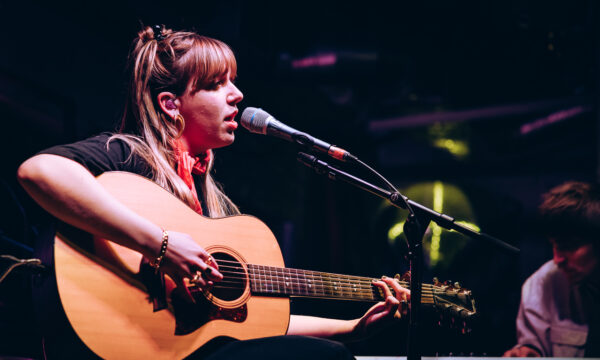
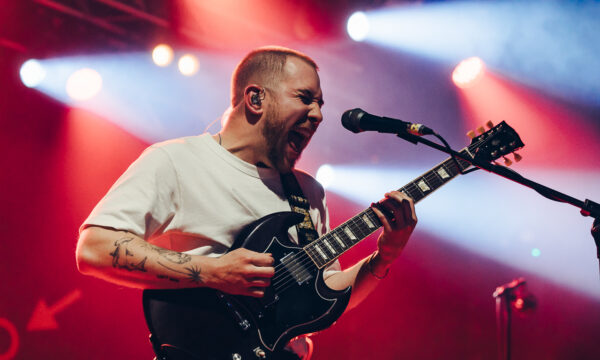

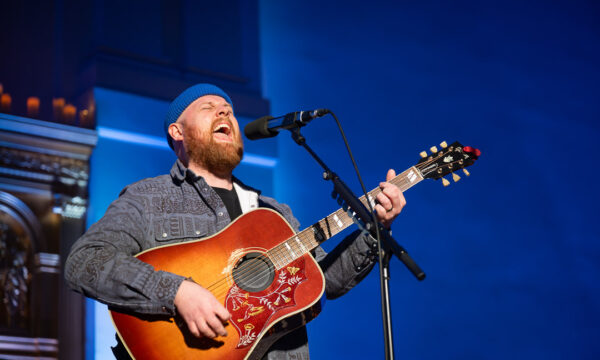
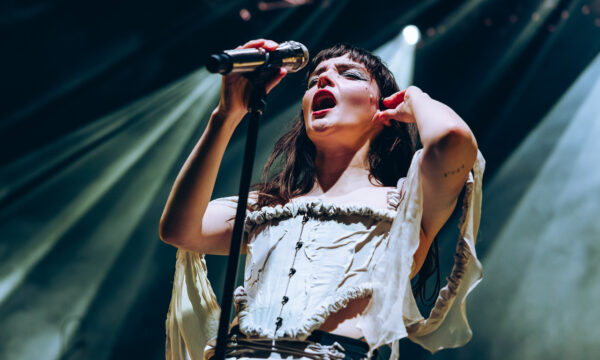
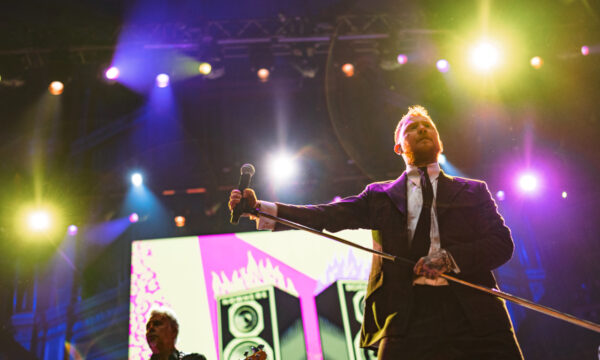
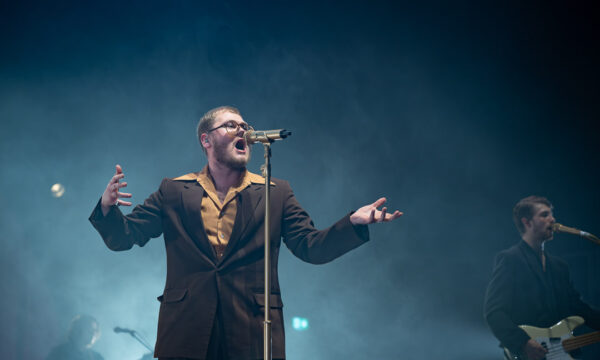
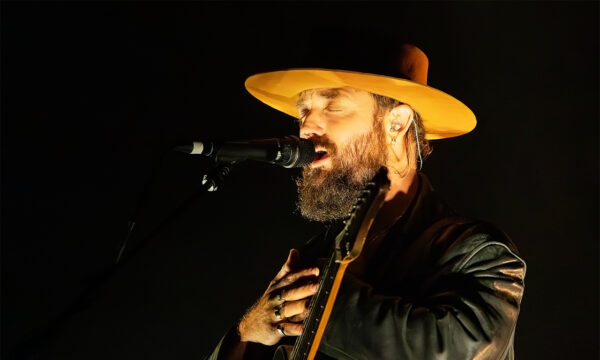
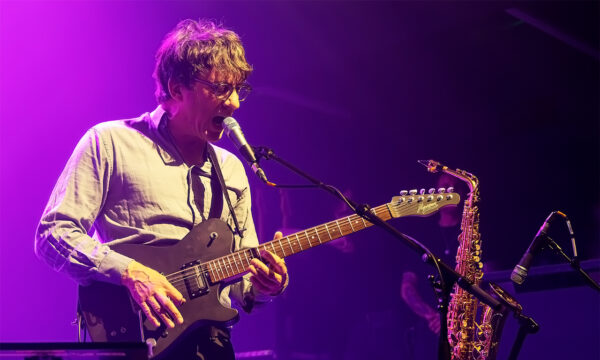










Facebook
Twitter
Instagram
YouTube
RSS